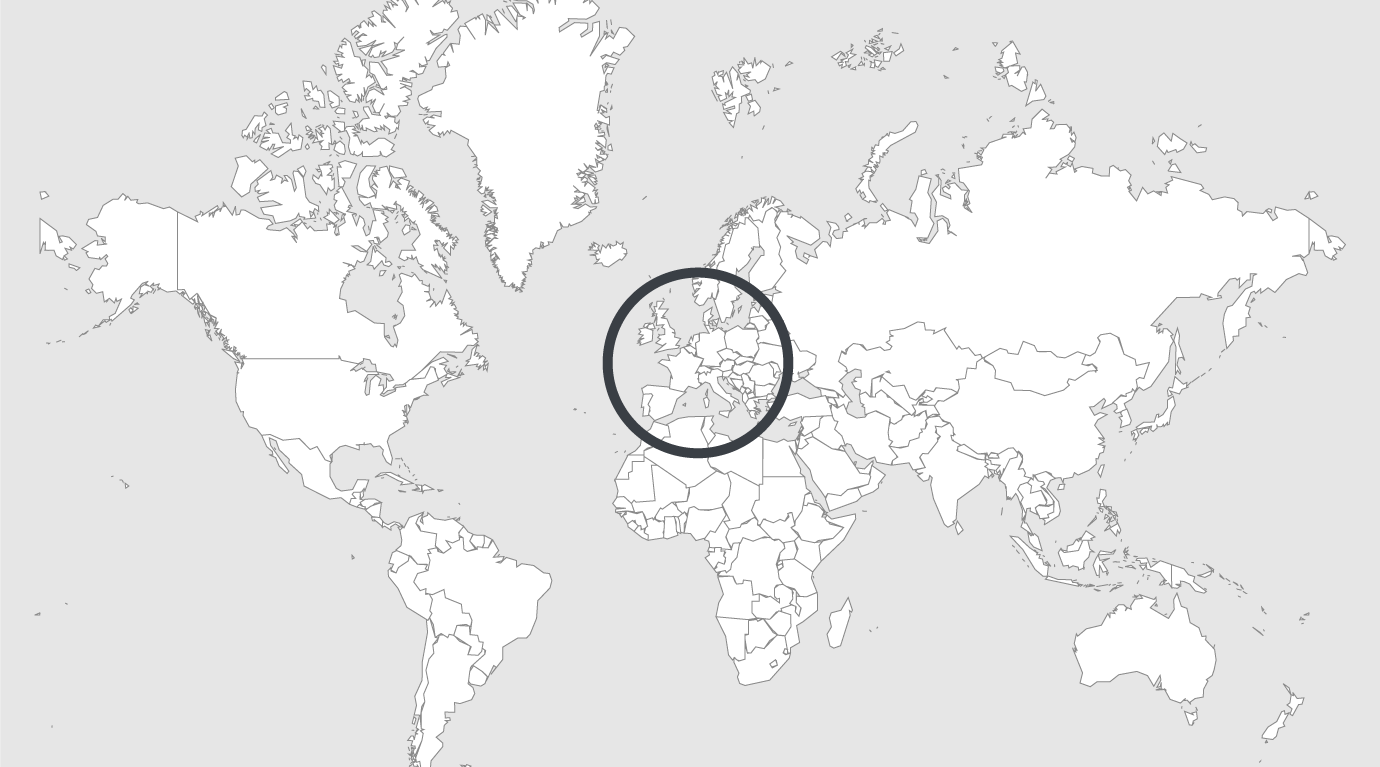
Explore
UK: concerns over level of self-harm at Durham Prison
CONCERNS have been raised about the level of self-harming in a “overcrowded’ North-East prison, to a new report looking at life behind bars.
Durham’s Independent Monitoring Board (IMB) says while there had been significant decreases in the use of force at HMP Durham, from 612 in 2018 to 469 in 2019, self harm figures had gone up from 672 the previous year to 729.
John Davidson, IMB chairman, said: “Within the annual reporting period the prison has responded well to the many challenges which it faced last year and has taken lots of steps which we have monitored.
“Last year the main issue affecting the prison was safety. The prison has tackled this issue well with decreases in all areas, except self-harm.
“While the board accepts the prison are taking various steps to address this issue, it is still concerned that there has been an increase in the number of such incidents.”
He added: “However, it should be noted that the figures for 2019 include instances where the same prisoner may self-harm several times throughout the day.
“We are well aware there are issues with prolific self-harmers accounting for multiple incidents of self-injury. If they were removed from the statistics it would show a flat, if not slightly declining, trend.“
Cutting by razor is consistently the most common method, accounting for up to 75 per cent of all cases. The prison has introduced a policy of one-for-one razor exchange, but while this is still in place it does not appear to have the positive effect expected.
Mr Davidson said overcrowding continues to be a “major problem” with the prison remaining unable to move Category B prisoners for a variety of reasons, including prisons being “unable/unwilling to accept them ie cherry picking”.
He said: “They don’t like our term not overcrowded, because legally it’s not overcrowded according to them, because they are certified to have a certain number. The prison was built to take roughly 590 prisoners in single capacity. The are now running at 980, so the majority are two prisoners to a cell.
“It’s a national issue which the government needs to address.”
Mr Davidson said the level of care shown to transgender prisoners who had identified was female was exemplary.
